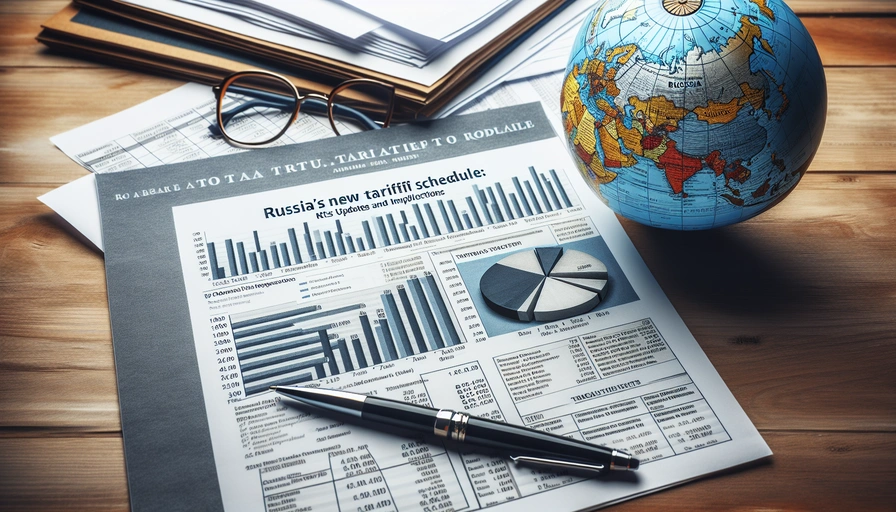The Russian government has recently introduced a new tariff schedule, which is set to impact various sectors of the economy. This move comes amidst ongoing geopolitical tensions and economic challenges. Here are the key points regarding the new tariff schedule:
- Reciprocal Import Tariffs: President Trump has imposed reciprocal import tariffs with a base rate of 10%, which varies by country based on US trade deficits. This has significantly impacted global oil prices and stock markets.
- US-Russia Trade Relations: Despite the imposition of tariffs on goods from almost all countries, the US has exempted Russia, citing existing sanctions that already limit significant trade. However, the US retains tariffs as leverage against Russia.
- Sanctions and Legal Restrictions: The US, EU, and UK have increased the use of secondary sanctions and restrictions on Russian lawsuits against Western entities. Over 50 Russian banks, including Gazprombank, have been added to the SDN List, and sanctions have been imposed on major Russian oil companies.
- EU’s Stance on Russian LNG: The EU has rejected a ban on Russian liquefied natural gas (LNG) imports due to concerns over US tariffs. The European Commission plans to announce a new roadmap to end the bloc’s reliance on Russian energy by 2027.
- China-Russia Trade: Trade between China and Russia has seen a decline, with China’s exports to Russia down by 11% year-on-year. However, there is a high demand for Asian goods in Russia, with an average 80% markup for sellers.
In summary, the new tariff schedule introduced by Russia is part of a broader strategy to navigate the complex landscape of international trade and sanctions. The reciprocal import tariffs imposed by the US, coupled with increased sanctions from the EU and UK, present significant challenges for Russia. However, the country is seeking to strengthen its economic ties with China and other Asian markets to mitigate these impacts. The evolving trade dynamics and geopolitical tensions will continue to shape Russia’s economic policies in the coming years.

